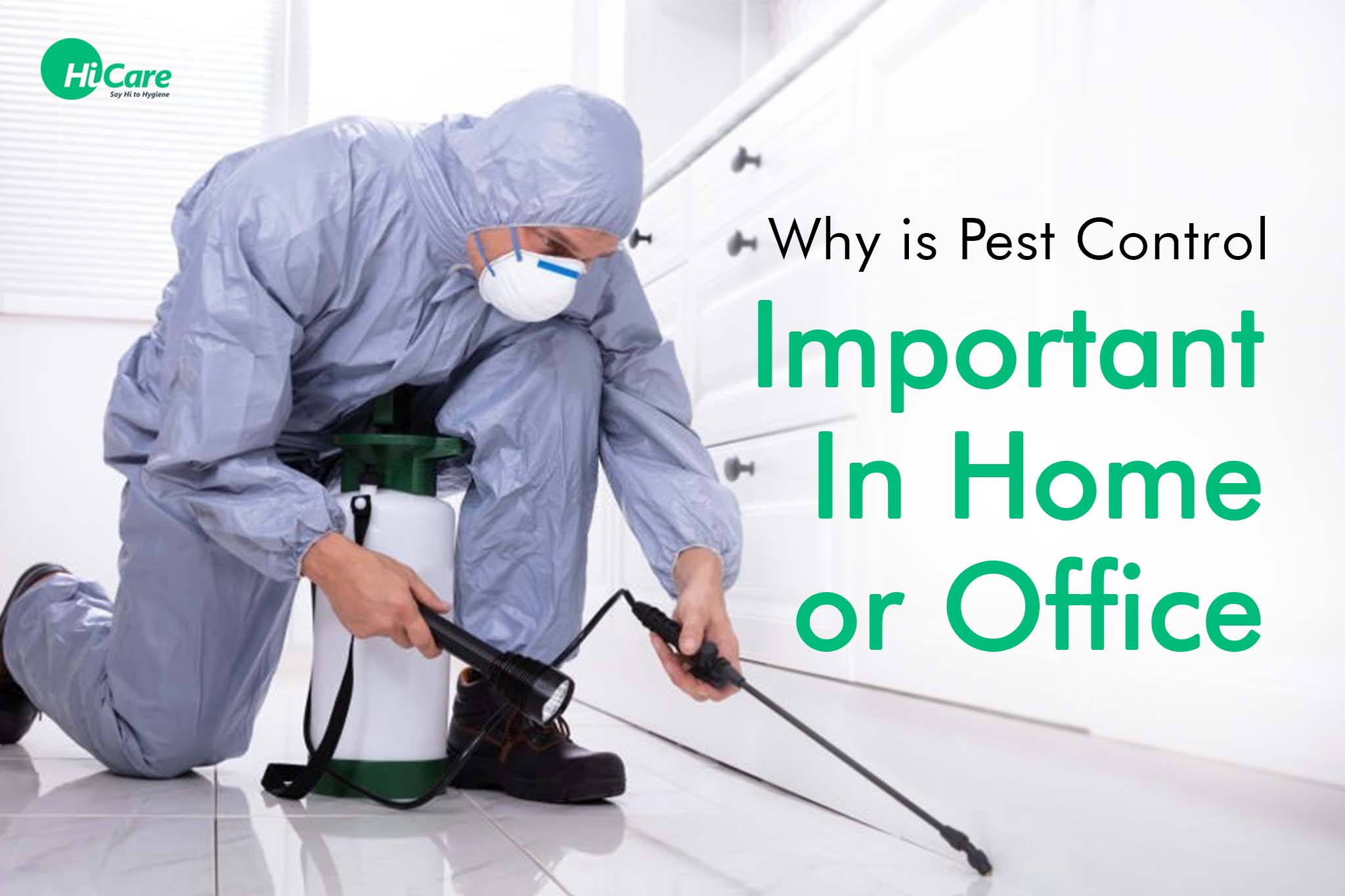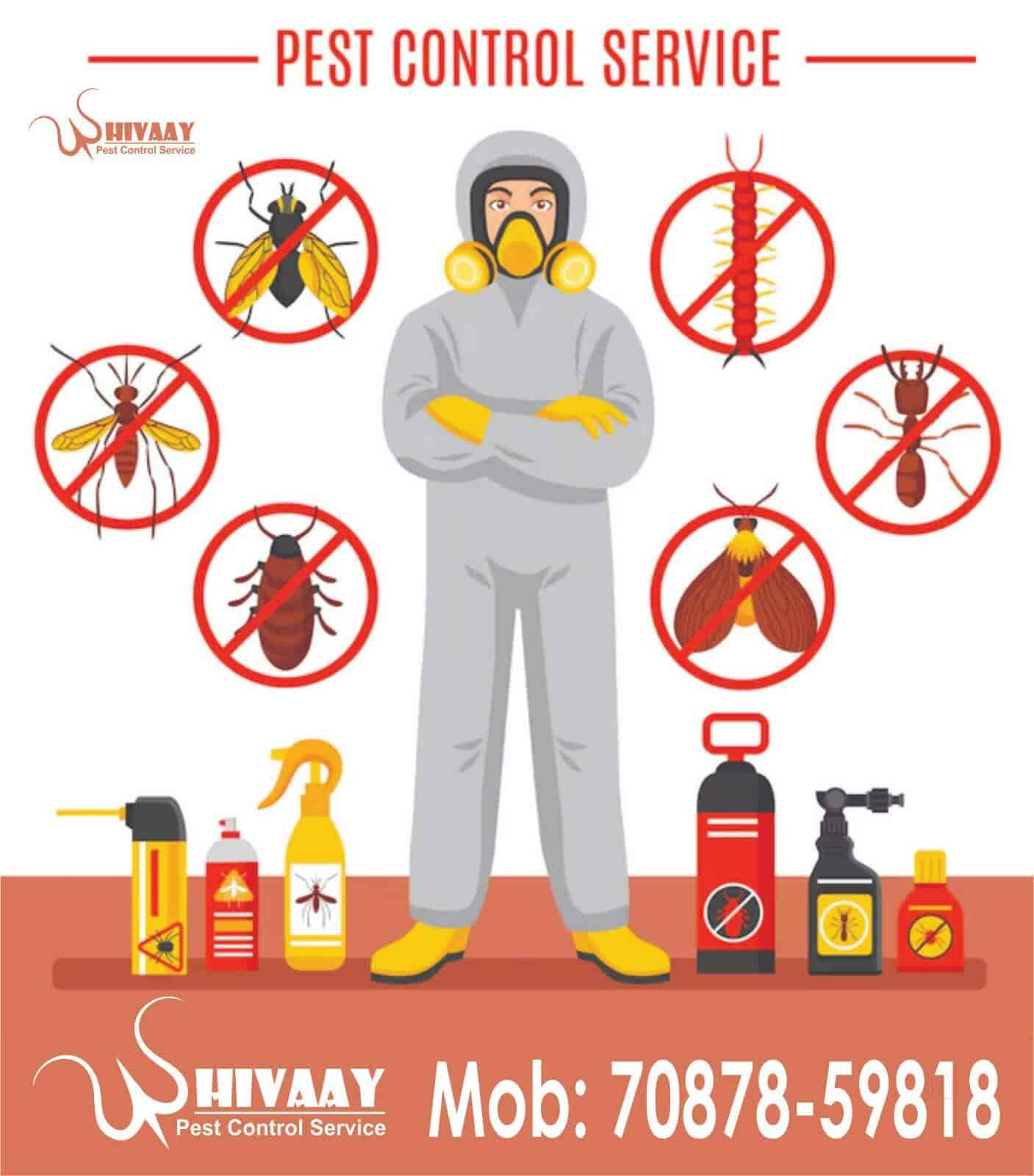Safe and Trusted Insect Control for Lasting Protection
Efficient insect monitoring requires a diverse strategy that balances ecological stability with the requirement for reliable insect suppression. The nuances of these techniques may not be instantly clear, triggering a more detailed examination of the practices that can lead to lasting bug control outcomes.
Understanding Parasite Control Methods
Parasite control encompasses a range of methods targeted at handling and removing unwanted insects and rats that can intimidate both health and home. Understanding these approaches is vital for reliable insect monitoring.
The key groups of parasite control methods consist of mechanical, organic, and chemical strategies. Mechanical techniques entail physical obstacles and traps to stop pest entrance and capture unwanted varieties. For circumstances, making use of displays on windows or using sticky catches can substantially lower parasite populaces without presenting hazardous materials.

Chemical bug control is commonly the most identified approach, using chemicals to get rid of pests. These chemicals can be efficient however need to be used with care to stay clear of damaging impacts on non-target types and the atmosphere.
Advantages of Eco-Friendly Solutions
Just how can green options transform bug control practices? The fostering of eco-friendly pest control techniques offers various advantages, dramatically boosting the efficiency and safety and security of bug monitoring (exterminator coquitlam). These remedies utilize all-natural ingredients, lowering the dependence on harmful chemicals that can position dangers to human health and the atmosphere. This change not only secures families and family pets but also lessens the capacity for soil and water contamination.

Another benefit is the favorable effect on local biodiversity. Green options are designed to target particular pests while maintaining helpful insects and wild animals, promoting a balanced environment. This method aligns with the expanding customer need for sustainable techniques, boosting the online reputation of bug control carriers.
Integrated Pest Management Techniques
The application of environmentally friendly services normally leads to the adoption of Integrated Insect Monitoring (IPM) methods, which even more boost bug control efficacy. IPM is a holistic method that incorporates several techniques to manage parasite populaces while minimizing environmental effect. This technique emphasizes making use of organic, cultural, mechanical, and chemical controls, making certain a well balanced and sustainable approach of pest management.
One fundamental element of IPM is the extensive analysis of bug activity and environmental problems. By checking parasite populaces and recognizing their life process, specialists can carry out targeted treatments that interfere with the bug's environment or lifecycle, lowering dependence on chemical pesticides. In addition, social techniques such as plant rotation and habitat adjustment can dramatically decrease pest establishment and recreation.
One more important part is using organic control agents, such as valuable pests or bacteria, which can naturally reduce bug populaces. When chemical applications are essential, IPM prioritizes the usage of low-risk chemicals and applies them uniquely, minimizing exposure to non-target microorganisms and people.
Including IPM techniques not only improves bug control efficiency but additionally advertises a safer ecological community, straightening with the growing demand for lasting techniques in parasite administration.
Safe Practices for Home Owners
Recognizing the importance of safe techniques in pest control can empower house owners to properly take care of insect concerns while safeguarding their health and the environment. Executing preventative steps and safe techniques is essential in lessening exposure to hazardous chemicals.
Home owners need to first assess their setting for conditions that attract pests, such as standing mess, water, and food waste. Frequently cleansing and securing entrance factors can hinder insects from getting into the home. Making use of natural deterrents, such as crucial oils or diatomaceous planet, can offer effective alternatives to chemical pesticides.
When chemical therapies are required, homeowners need to choose products that are specifically classified as risk-free for domestic usage. It is vital to adhere to application standards diligently to avoid too much exposure. In addition, using targeted therapies in locations where pests are determined, instead than blanket spraying, can substantially reduce chemical usage.
Last but not least, preserving open communication with parasite control experts is important. Homeowners must ask about the safety and security of products utilized and demand green choices whenever feasible. By embracing these risk-free practices, house owners can develop a healthier living atmosphere while effectively taking care of pest issues.

Tips for Long-Term Protection
Developing a pest monitoring method that stresses lasting defense can greatly improve the performance of the safe techniques formerly reviewed. To attain this, property owners ought to execute regular evaluations of their home, concentrating on concealed locations such as attics, cellars, and crawl areas. Early discovery of bug activity is important in protecting against invasions from taking hold.
In addition, preserving a clean setting is crucial. This includes appropriate food storage space, quickly cleaning up spills, and regularly throwing away rubbish. These practices minimize attractants that attract bugs into the home. Additionally, securing access points, such as fractures around doors and windows, can properly obstruct prospective insect accessibility.
Landscape design must likewise be considered; keeping plants cut and maintaining a range between plants and the home lessens hiding places for pests. Using natural deterrents, such as vital oils or diatomaceous earth, can further dissuade invasions without considering severe chemicals.
Finally, collaborating with an expert pest control service for periodic analyses can supply an additional layer of security. These specialists can use tailored recommendations and progressed treatments, guaranteeing that your home continues to be secured versus bugs in the long-term.
Conclusion
To conclude, reputable and risk-free insect control requires a complex method that highlights environment-friendly methods and integrated bug management. By carrying out all-natural deterrents, performing normal assessments, and preserving appropriate sanitation, home owners can dramatically decrease parasite populations while safeguarding valuable insects and the atmosphere. Cooperation with specialist insect next control solutions boosts the effectiveness of these approaches, ensuring tailored services that provide long-term protection and tranquility of mind versus future infestations.
Reliable pest administration requires a diverse method that stabilizes ecological integrity with the demand for effective parasite reductions. The adoption of environment-friendly insect control approaches supplies numerous benefits, dramatically enhancing the efficiency and safety of insect administration.The execution of environmentally friendly solutions normally leads to the fostering of Integrated Parasite Administration (IPM) approaches, which even more enhance insect control efficiency. exterminator coquitlam. By keeping track of see post insect populations and determining their life cycles, practitioners can apply targeted treatments that interfere with the bug's habitat or lifecycle, reducing dependence on chemical pesticides.In final thought, secure and trusted bug control calls for a multifaceted technique that highlights environment-friendly techniques and integrated insect click site monitoring